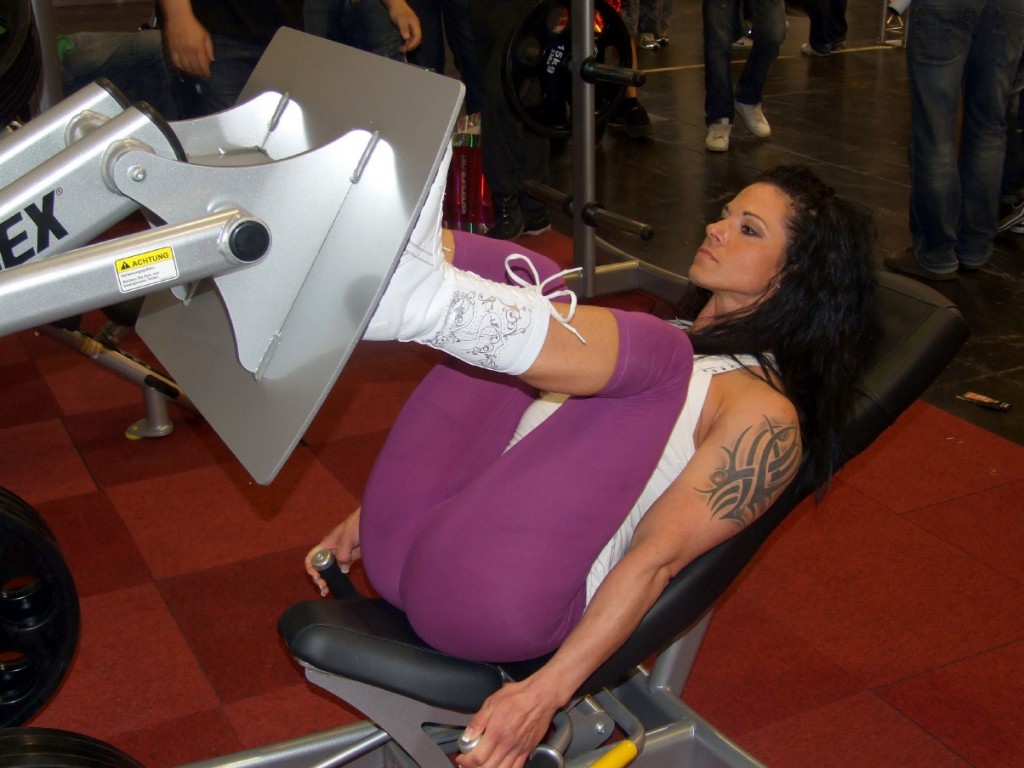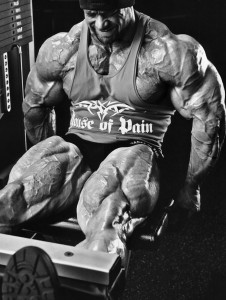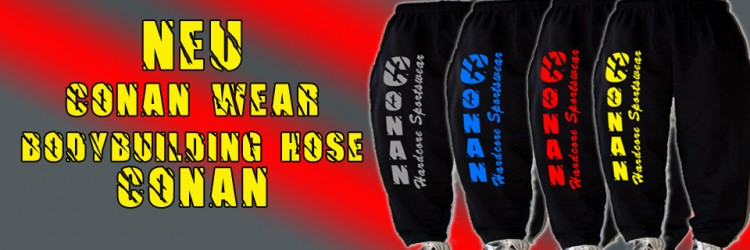Slow repetitions are becoming increasingly popular among bodybuilders. There are three good reasons for this:
1) They're harder to perform - and harder reps are necessary to get better growth stimulation;
2) the muscles are trained more thoroughly
3) they are safer than quick repetitions.
More than 15 years ago, the research department at Nautilus Sports / Medical Industries conducted a test of very slow movements in pull-ups and dips. Both exercises worked excellently if you set yourself the goal of doing the positive phase in 60 seconds and immediately following the negative phase in the same time.
In the beginning nobody could do it in 60 seconds, so we usually started with 30 seconds of positive and 30 seconds of negative. With each subsequent workout, the execution time for the positive and negative phases was increased by 5 seconds. As a result, after a period of around four weeks, many athletes were able to complete the positive and negative phases in 60 seconds each with pull-ups and dips.
The most important result of this was that almost every athlete who had achieved this goal was rewarded with half a centimeter to one centimeter of additional muscle mass when measuring the tense upper arm.
Study results on slow repetitions
 And these are the results obtained from four years of research:
And these are the results obtained from four years of research:
1) There is a difference in performing the movements that involve one joint in the exercise and those that involve multiple joints. A “single-joint exercise” can best be divided into three parts: the positive part, the phase of complete contraction and the negative part. Ideally, you should need 20 seconds for the positive phase. Hold the contracted position for another 20 seconds and complete the negative phase in 20 seconds.
Since “multi-joint exercises” require the arms to be stretched, which makes the exercise much easier, »these can most productively be divided into two phases: the positive and the negative. The positive phase should take 20 seconds and avoid stretching your arms. Shortly before fully extending your arms, you should reverse the exercise and complete the negative phase in 20 seconds.
2) Two reps work better than just one. The ideal target for a single-joint exercise turned out to be a 20-20-20 or 60 second combination on the first repetition and a 10-10-10 (30 second) sequence on the second. For a multi-joint exercise, it's best to stick to the 10-10 pattern for both repetitions. The maximum time for a single-joint exercise is 90 seconds and for a multi-joint exercise a little less than 80 seconds.
But you need a training partner who measures the time in which the extremely slow exercises are performed. He should have a clock with a seconds counter and constantly count the progression of the seconds. If you can manage to complete the movement in the required number of seconds, you should add about 5 percent the next workout.
3) Proper breathing is very important for successfully performing slow movements. The key to proper breathing is quick, shallow breaths. Emphasize the exhale rather than the inhale, especially on the final repetition. Most important, however, is NOT to hold your breath.
4) It's easier to do very slow movements on machines than to do dumbbell exercises. As mentioned above, most dumbbell and barbell exercises have certain critical points that make slow movement very difficult in certain sections of the exercise.
5) Machines with ball bearings on the pivot points work better. Ball bearings cause less friction, so the resistance of the machine is lower and more precise. Most of today's strength training machines have bearings at all major pivots.
Slow rep program

A single-joint and a multi-joint program, both of which are very suitable for very slow exercises. Do these alternately for several weeks. If you typically exercise three non-consecutive days per week, complete the articulation program on Monday and Friday of the first week and Wednesday of the second week. You should then complete the multi-joint program on the Monday of the first week and on the Friday of the second week.
EINGELENKSPROGRAMM
(Two repetitions: 20-20-20-, 10-10-10-)
1.Beincurls
2.Straight lines
3. Side raise
4. Coatings
5.Crossovers
6. biceps curls
7. Triceps extension

MEHRGELENKSPROGRAMM
(Two repetitions: 20-20, 20-20)
1. Leg presses
2.Überkopfdrücken
3. Pull down on the neck
4. Bench press
5. Pull-ups
6.Dips
For the first two workouts, the consecrated should be reduced by 25 to 30 percent of the weight you would normally apply for 10 repetitions for each exercise in order to learn how to perform the exercise correctly. Despite the reduced weight, you will feel an intense burning sensation in all parts of the trained muscle. Soon you will have reached the same weight with slow exercises as with fast repetitions. But the most important thing is that your muscles will be bigger and stronger.
2 comments
Comments are closed.